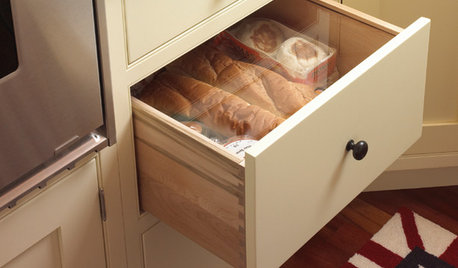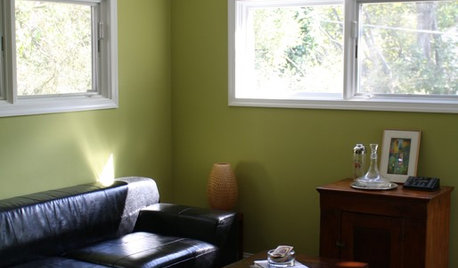This is pretty embarrassing. I bake yeast breads all the time. I'm great at shaping dinner rolls, sandwich buns, boules. But I have trouble with panned breads, especially, it seems, oatmeal bread.
I've made the King Arthur Flour Old Fashioned Oatmeal bread a couple of times now, and every time it comes out misshapen. It sort of explodes at one side.
The directions say to let it crown 1 to 1 1/2 inches over the rim of the pan. But I'm wondering if that's too much. Also, the directions say to use an 8-1/2 x 4-1/2 pan. I'm also wondering if that's too small.
I follow the recipe except for cutting both the salt & yeast amounts in half. Could that be the problem? However, I don't have problems with any of the other bread doughs I use. I make fine looking whole wheat loaves in 9 x 5 pans.
Please help me. I really, really like oatmeal bread. But I really, really dislike making these misshapen loaves. They still taste fine, of course. But I'd like them to look better too.
Thanks!
Here's the recipe:
Old-Fashioned Oatmeal Bread
1 cup + 6 tablespoons boiling water
1 cup rolled oats
2 3/4 cups King Arthur Unbleached All-Purpose Flour
2 teaspoons instant yeast
1 1/2 teaspoons salt
1/4 cup nonfat dry milk
1/4 cup vegetable oil
1/4 cup molasses or dark corn syrup
1 tablespoon granular lecithin*
1 tablespoon King Arthur Whole-Grain Bread Improver*
*While neither of these is strictly necessary, the lecithin will give you a moister, longer-lasting loaf; and the bread dough enhancer will give you a higher-rising loaf, with a better texture.
Manual/Mixer Method: In a large mixing bowl, combine the boiling water and oats, mixing to combine. Allow this mixture to cool to lukewarm, stirring occasionally, about 15 minutes.
Add the remaining ingredients, mixing till the dough begins to come away from the sides of the bowl. Knead the dough with an electric mixer for 2 minutes; allow it to rest for 15 minutes, then continue kneading it for an additional 5 to 7 minutes, or until it's smooth. If you're kneading by hand, transfer the dough to a lightly oiled work surface; knead it for 3 minutes; allow it to rest for 15 minutes, then continue kneading till smooth, an additional 8 to 10 minutes. Transfer the dough to a lightly oiled bowl, cover the bowl with plastic wrap, and set it aside to rise for 1 to 1 1/2 hours; it'll be puffy, if not doubled in bulk.
Bread Machine Method: Place the boiling water and oats into the pan of your bread machine, and gently mix them together by hand, using a spatula. Allow the mixture to cool till lukewarm, stirring occasionally, about 15 minutes.
Add the remaining ingredients to the pan, program the machine for Manual or Dough, and press Start. About 10 minutes before the end of the final kneading cycle, adjust the consistency of the dough with additional flour or water; it should be smooth, though still a bit sticky. Allow the machine to complete its cycle.
Transfer the dough to a lightly greased work surface, and gently shape it into a loaf. Place the loaf in a lightly greased 8 1/2 x 4 1/2-inch bread pan, cover the pan with lightly greased plastic wrap or a dough-rising cover, and allow the bread to rise for 45 minutes to 1 hour, or until it's crowned 1 to 1 1/2 inches over the rim of the pan.
Bake the bread in a preheated 350°F oven for about 35 minutes, or until the center registers 190°F on an instant-read thermometer. Check the bread about 10 minutes before the end of its baking time; if it appears to be browning too quickly, tent it loosely with aluminum foil. Remove the bread from the oven, transfer it from the pan to a wire rack, and brush the crust with butter (or spray it with Vegalene or butter-flavored pan spray), if you like; this will help keep the crust soft. Yield: 1 loaf.
















Lars
shamboOriginal Author
Related Discussions
help help! bread question -- need answer by 5 pm edt
Q
URGENT help needed for bread machine loaf
Q
Counter dilemma - need advice - Bread Bakers!
Q
Bread machine sandwich, dough cycle, baked in oven recipe needed
Q
cloudy_christine
WalnutCreek Zone 7b/8a
shamboOriginal Author
teresa_nc7
annie1992
shamboOriginal Author
grainlady_ks
shamboOriginal Author